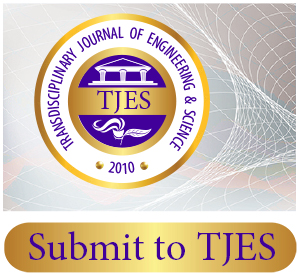Development Cycle Modeling: Transdisciplinary Implications
Abstract
This paper argues that development (product, system, software, etc.) is an inherently transdisciplinary activity. Development is defined as the conversion of ideas into their manifestations. This conversion is often characterized by development phases, e.g., concept, requirements, design, implementation, and evaluation/testing (CRDIE). Iterative sequences of these phases form development cycles. Development cycles drive new product creation as well as product quality and cost and utility. Consequently, understanding development cycles is important. Models can provide insight; however, end-to-end quantitative development cycle models are, at best, rare. This paper outlines such a model, the Statistical Agent-based Model of Development and Evaluation (SAbMDE). For purposes of this paper, transdisciplinarity is defined as a developer’s holistic view of reality as filtered by that developer’s sensory input and perception of that reality. The model builds its mathematical and logical structures on a foundational concept that includes and describes this sensory and perceptual integration. Because the proposed model has this transdisciplinary characteristic, the model's use and results will have transdisciplinary implications. One implication: Ideas are discovered, not created. Another: A developer must first adjust their perception to see the development path that leads to a desired end product before they can traverse that path. A third: The ordering of information in a development space must be maintained.. This paper defines a minimal SAbMDE model that logically and mathematically reveals these and other SAbMDE transdisciplinarity implications.


